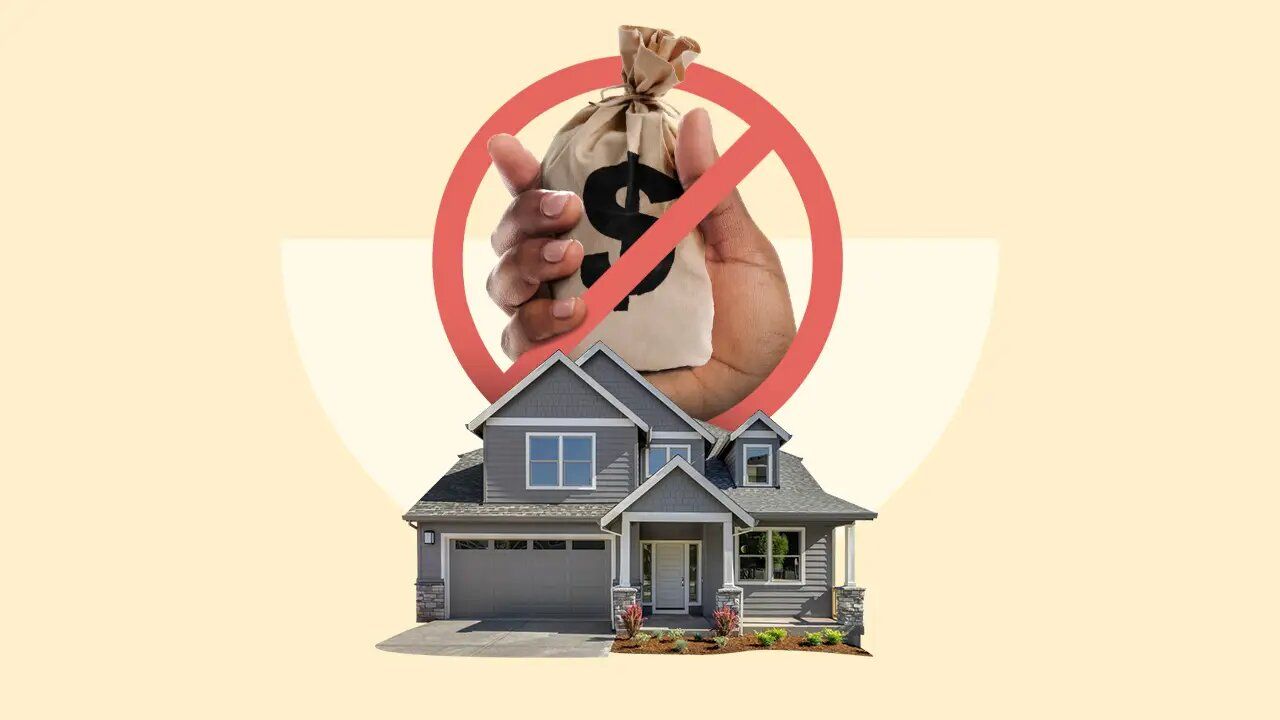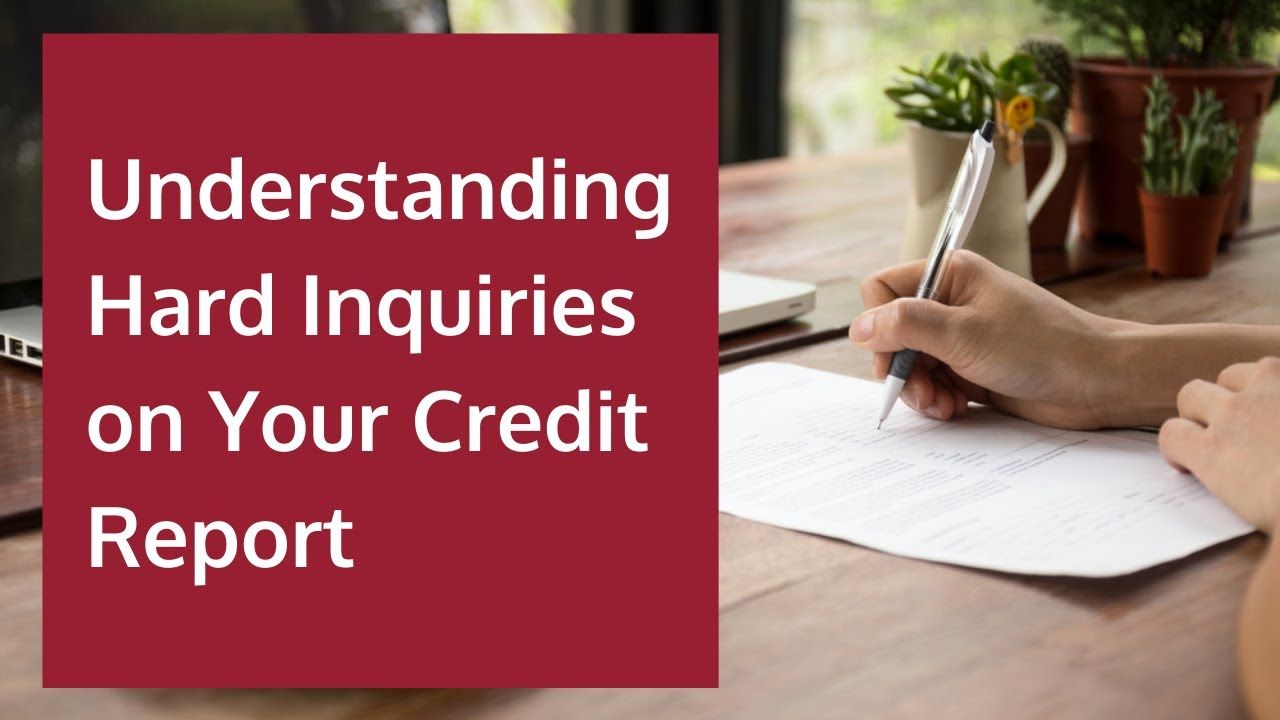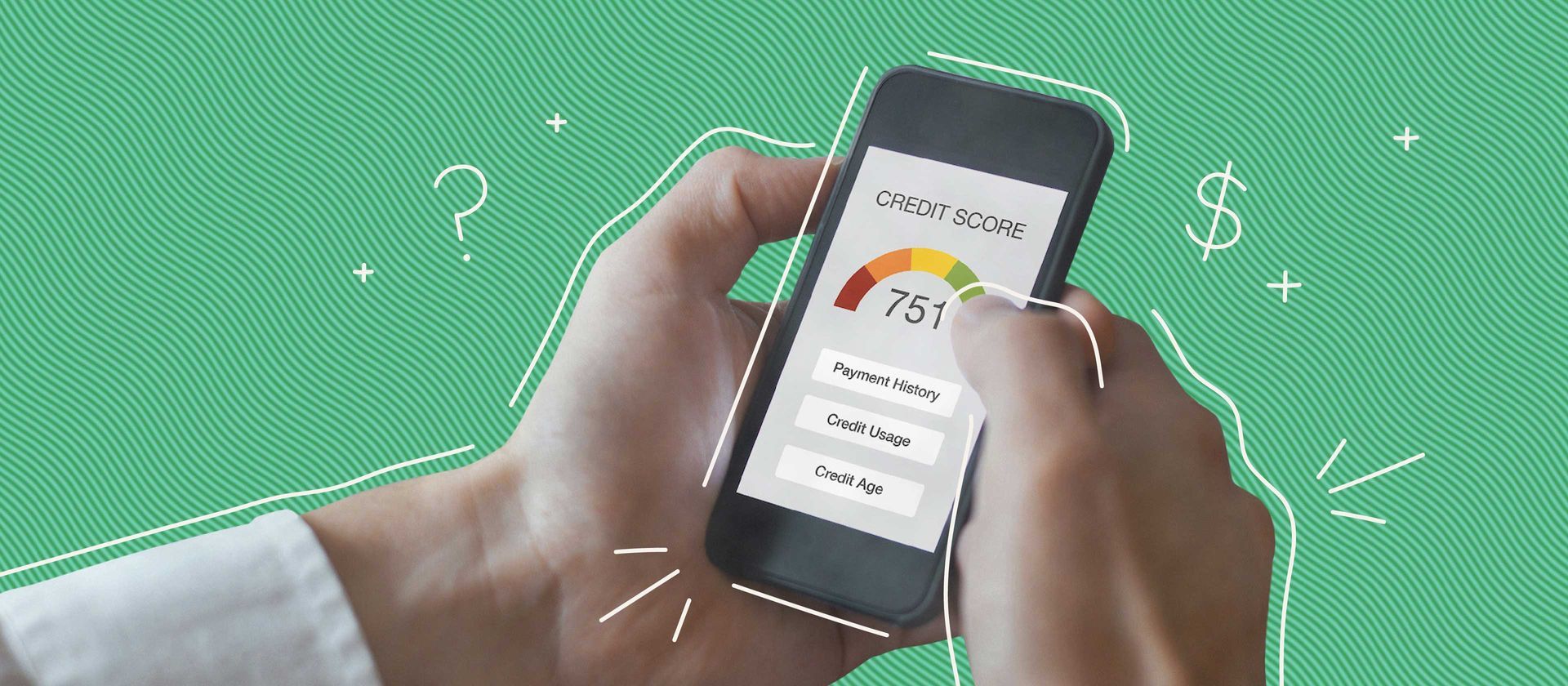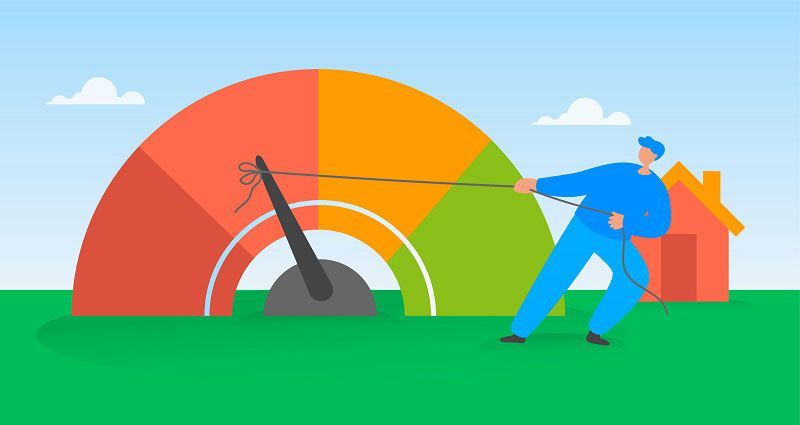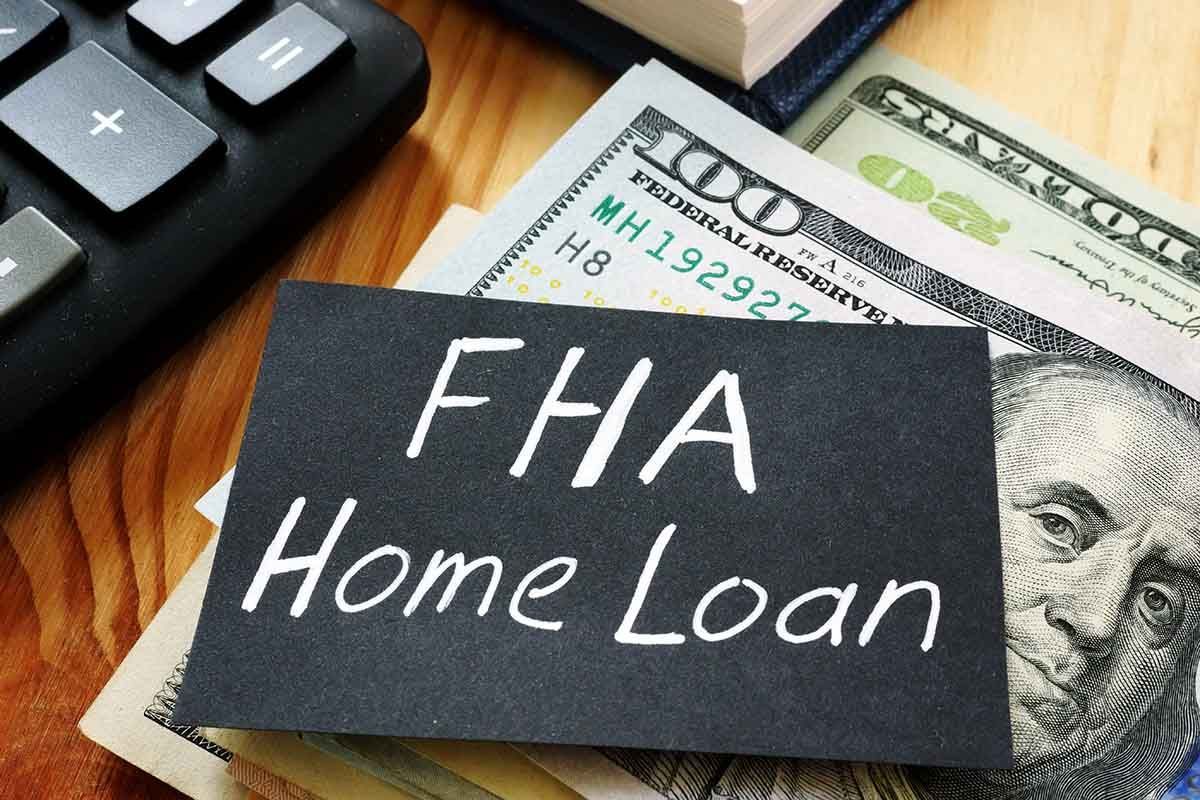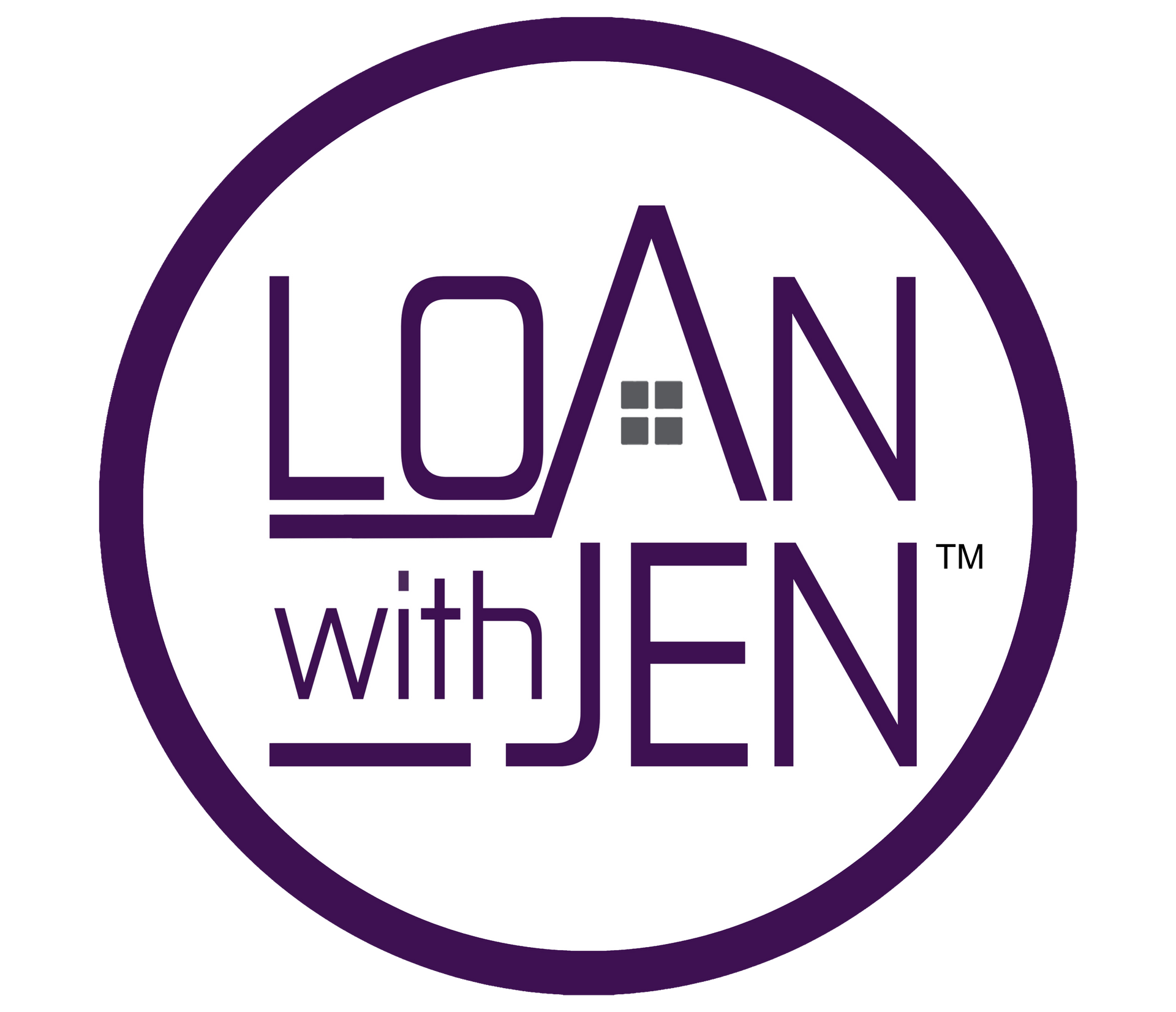We are an Equal Employment/Affirmative Action employer. We do not discriminate in hiring on the basis of sex, gender identity, sexual orientation, race, color, religious creed, national origin, physical or mental disability, protected Veteran status, or any other characteristic protected by federal, state, or local law.
The Real Cost of Down Payment Assistance Programs: What You Need to Know
Down payment assistance programs (DPAs) sound like a dream come true—free money to help you buy a home! But before you get too excited, there are hidden costs and crucial details you need to be aware of. Let’s uncover the real impact of DPAs so you can decide if they’re the right fit for you.
What Are Down Payment Assistance Programs?
Down Payment Assistance Programs, or DPAs, are designed to help homebuyers, particularly those with limited income, afford a home. While many of these programs are for first-time buyers, some cater to repeat buyers as well. Here are the key factors to consider:
- Income Limits: Most DPAs have income restrictions based on your area’s average median income.
- Credit Score Requirements: Your credit score will need to meet a minimum threshold.
- Geographic Restrictions: While some programs are available statewide, others are limited to specific locations.
Types of Down Payment Assistance
- Grants – Free money that doesn’t need to be repaid. These are typically reserved for first-time buyers.
- Forgivable Loans – A second mortgage that is forgiven after you live in the home for a set period (commonly 3, 10, or even 20 years, depending on the program).
- Deferred Payment Loans – A second lien with no required payments until you sell or refinance your home. This must be repaid when you pay off your first mortgage.
Sounds great, right? Well, let’s dive into the hidden costs and fine print you need to be aware of.
The Hidden Costs of Down Payment Assistance
1. Higher Interest Rates
Most DPAs come with a higher interest rate compared to conventional financing. This means you could be paying thousands more in interest over the life of your loan. While some programs offer competitive rates, qualifying can be more difficult.
2. Increased Closing Costs
In addition to a higher interest rate, many DPAs come with additional fees, such as:
- State Administration Fees: These can range from $500 to $600.
- Origination Fees: Some lenders charge a percentage of the loan to access the program.
Before committing to a DPA, compare a loan estimate with and without assistance to see the true cost side by side.
3. Restrictions on Occupancy
Many DPAs require you to live in the home as your primary residence for a set period. If you decide to rent it out, you could be required to pay back the assistance in full.
4. Income and Location Restrictions
Most programs have income caps based on your area’s median income. If your income exceeds the limit, you won’t qualify. Some programs also require you to buy in specific areas.
5. Recapture Tax (Resale Requirements)
Some programs include a recapture tax, meaning if you sell your home for a profit, the program can claim a portion of that profit as repayment for the assistance. This can be a significant financial setback if you weren’t expecting it.
Who Benefits Most from Down Payment Assistance?
DPA programs are ideal for buyers who:
- Can afford the higher monthly payment even with a slightly higher interest rate.
- Lack the savings for a down payment but can comfortably manage mortgage payments.
- Understand the long-term financial commitment and restrictions involved.
Who Should Avoid Down Payment Assistance?
DPA may not be the best choice for buyers who:
- Have access to alternative funding sources, such as gifts from relatives or 401(k) loans.
- Can qualify for a low-down-payment conventional loan with better terms.
- Plan to move within a few years and risk facing a recapture tax or repayment penalty.
Alternatives to Down Payment Assistance
Before signing up for DPA, consider these options:
- Low Down Payment Loan Programs: FHA, VA, and USDA loans offer lower down payment options without some of the drawbacks of DPAs.
- 401(k) Loans or Gifts: If you can borrow from your retirement savings or receive a gift from family, it may be a better alternative.
- Saving for 6-12 Months: Cutting expenses and setting aside money for a down payment can save you thousands in the long run.
A Secret Tip: Get the Seller to Pay Your Closing Costs
Did you know you can negotiate seller-paid closing costs? Many sellers, especially those whose homes have been on the market for 60+ days, may be willing to cover part or all of your closing costs. This can reduce your upfront expenses without the downsides of a DPA.
Final Thoughts: Is Down Payment Assistance Right for You?
DPAs can be a great option for those who genuinely need assistance to buy a home. However, it’s essential to fully understand the higher costs, restrictions, and long-term obligations. Always compare your options, work with a local lender familiar with your state’s programs, and consider alternatives before making a decision.
Ready to Learn More?
📌
Watch my video on how to choose the right lender
📌
Learn how to negotiate seller-paid closing costs
📌 Explore mortgage tax benefits
Buying a home is a big decision, and the more informed you are, the better choices you’ll make. Have questions? Book a call now, and let’s talk!
